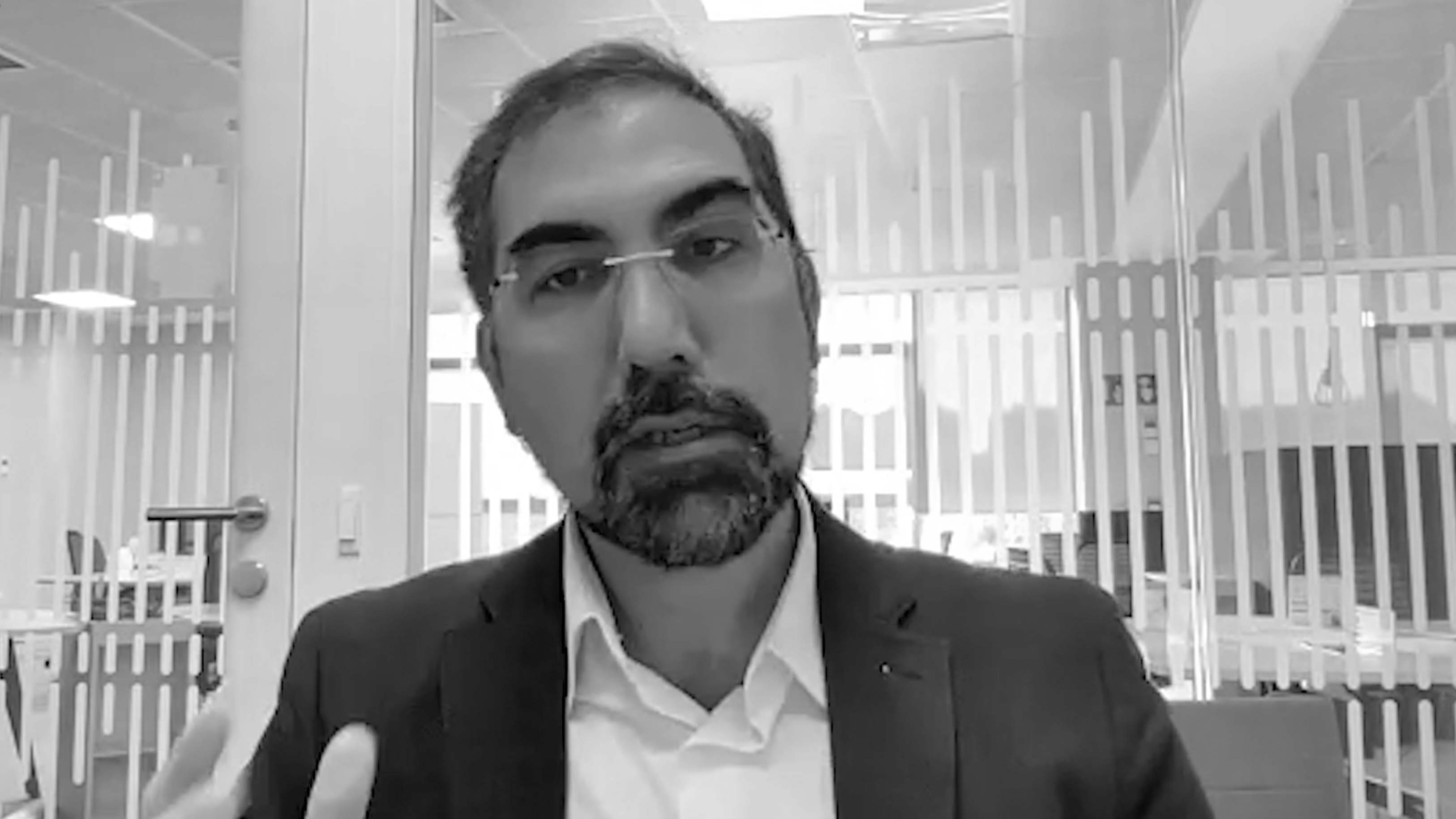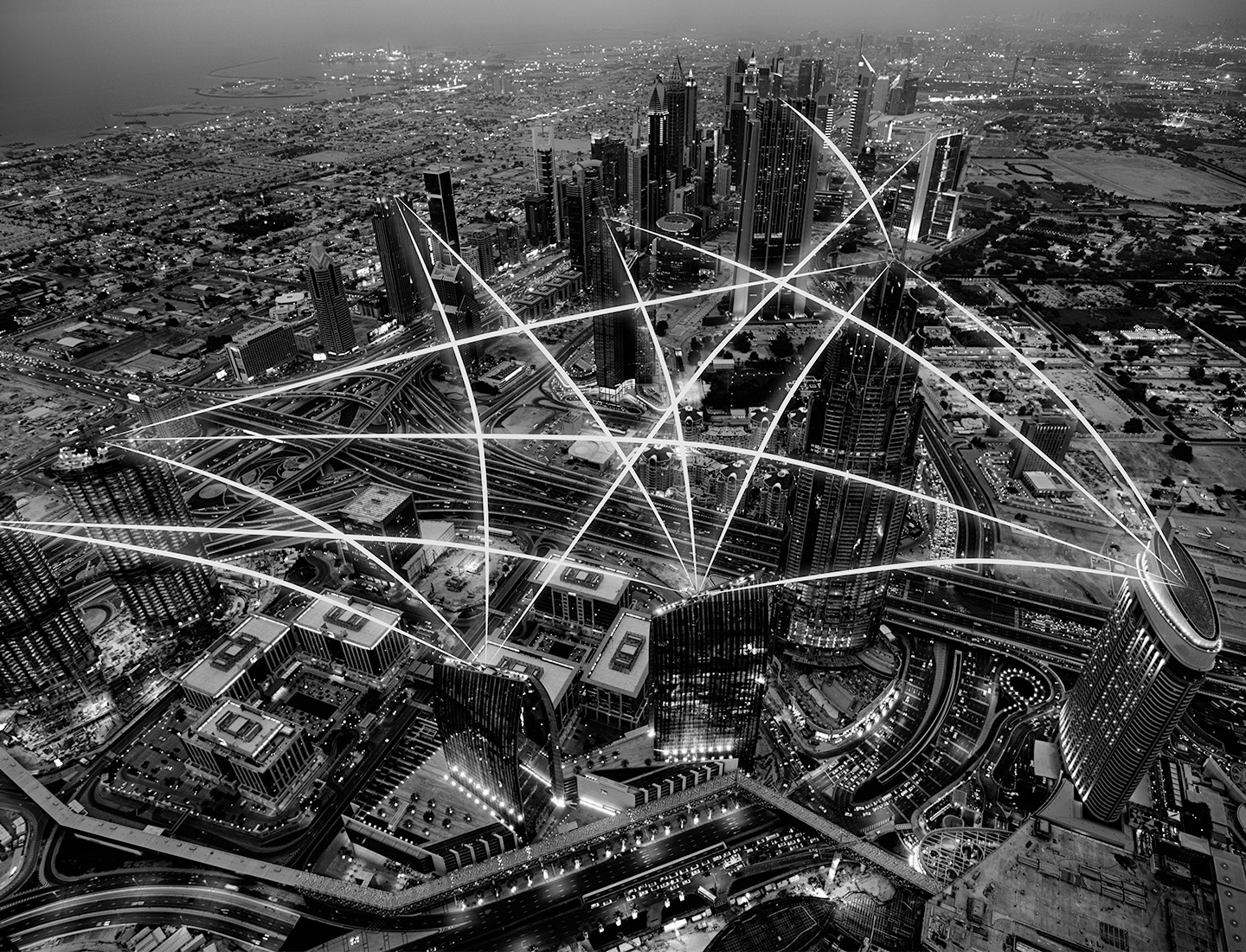
When the world went into lockdown, familiar ways of working were swept away. Physical offices suddenly emptied and organizations had to pivot more quickly than they had ever had to before. From this overhaul of everything we knew about how, when and where we work, opportunities emerged. For both employers and employees, a world of possibilities has opened up.
Since then, businesses have evolved to better manage this strange new environment, with varying degrees of success. Some, like Airbnb, have used lockdown as the catalyst for rejecting the office environment almost entirely and moving to totally remote functionality. But many more have adopted the hybrid model – a flexible blend of in-office, remote, and on-the-go working.
However, with the pandemic (mostly) behind us, organizations are facing a dilemma. Do they embrace remote working permanently, or retrace their steps to the pre-pandemic workplace?
Tesla and Apple are two high-profile companies whose leadership yearn for the ‘good old days’ and have made it very clear to their staff where their future lies: back in the office.
Many in manufacturing, hospitality and retail have kept going out to work, but for service companies – and the knowledge workers within them – is a return to in-person working at centralized locations really the right thing for them to do?
Who says it’s time to go back?
In the past, being in the office made sense because it was the only place where you had access to the tools, data and colleagues you needed to do your job. With this no longer the case, does in-office working make sense today?
Many workers don’t think so. In fact, the data shows that employees prefer remote work. After enjoying the flexibility that homeworking has given them, going back to a sterile and stringent corporate office is simply not a very attractive prospect, which is why (as Tesla and Apple are finding out) many are so resistant to the idea.
Instead of trying to impose their will on the workforce, leaders should let the will of the workforce be the thing that drives the business forward.
And maybe it is time that the voices of these disaffected workers are given more weight. Maybe those leaders who espouse the idea of ‘people being the organization’ should do more than pay lip service to it. Maybe instead of trying to impose their will on the workforce, they should let the will of the workforce be the thing that drives the business forward.
Even though not every hybrid model is running as smoothly as it might, and in some circumstances it can feel a little clunky even after all this time, perhaps we should give up trying to recreate the glory days of the office. And why the push to return to full-blooded office working? When new processes and procedures have become embedded and efficient, a return to full office working feels like a retrograde step. Isn’t it better to let people work where they feel they do their best work – which for many is at home?
The reality is that for most businesses the introduction of remote working didn’t cause the sky to fall down. In fact, quite the opposite, with study after study showing that it has led to an increase in productivity and helped cut real estate costs. IBM, for instance, saved itself $50 million in real estate costs because it was able to give up 58 million square feet of office space.
Similarly, the collective intelligence of remote teams is little different from that of teams physically sitting around a table, face to face. It seems that what matters most is not where people are, but who does the work and how it’s done. More and more businesses are coming to that conclusion, and rethinking what ‘the office’ actually means in this new era of hybrid work.
All that said, there are still people who need to, and indeed love, going to the office. But the workplace must be styled around the real, current needs of the individuals in the business.
Reinventing the workspace
At NTT DATA Business Solutions, for instance, we’re looking at how we can create a Goldilocks solution – an approach that’s just right, whether you are a committed home worker, someone who craves the traditional social interaction of the physical office, or the nomad who moves between the two according to need. Rather than coercing people back to the office, our aim is to provide an attractive, fit-for-purpose space that they can choose to use when it suits.
To that end, we’ve been redesigning our office space into different zones, each with its own particular function, such as collaboration, contemplation, or deep work. We hope that this creates a work environment that appeals to everyone (and meets their needs), regardless of the stage of their career.
In other words, the office must become a destination – and you can only create a desirable destination if you listen to what its users want and then do your utmost to deliver it. This is about more than redecoration, comfy new sofas or trying to make your workspace look like a New York loft because you think it will appeal to a Gen Z demographic.
While conventional wisdom may be that workers in their early to mid-20s are desperate to get back into the office for the social interaction it offers, they want flexibility as much as their older counterparts. And why wouldn’t they, when they are perfectly comfortable working remotely?
While conventional wisdom may be that workers in their early to mid-20s are desperate to get back into the office for the social interaction it offers, they want flexibility as much as their older counterparts. And why wouldn’t they, when they are perfectly comfortable working remotely? They are the ones who have grown up with smartphones, high-speed internet, social media, online games and online dating, so living digitally comes naturally to Gen Z and they are understandably keen to find companies, like NTT DATA Business Solutions, that are able to offer them the seamlessness between the digital and physical worlds.
Create the wrong office space and it won’t be a destination but a ghost town. So, ditch any plan to put up mirror globes and neon signs and concentrate on giving everyone what they – and you – actually want and need, which is an organization in which everyone does their best work, wherever they are.
Maintaining continuity
This obviously requires seamless integration between remote and in-office working. Employees must be able to access the real-time information and tools they need, without having to endure a complex and sometimes unreliable login and be able to communicate in multiple ways with colleagues. This means the technological equivalent of being able to scribble a quick question to a colleague, as well as the ‘formality’ of Zoom or Teams meetings.
One of the reasons that organizations continue to seek the safety of the physical office may be because they haven’t invested in making the technology work. But there’s one other element that successful hybrid working requires, and that’s a change in management mindset.
There is no point saying that you’re adopting a hybrid model and then sticking with old-style, rigid management structures. This new way of working demands flexibility and a much greater willingness to accommodate employees’ needs. If your first response to any request for flexible or remote working is to say no rather than yes, you may well have a problem.
The time for micromanagement is also well and truly over. This overly controlling approach to leading teams is a sure-fire way to damage remote working productivity because it encourages presenteeism, with employees turning up unnecessarily at virtual meetings or firing off too many emails just to prove they are there and keeping busy.
And as for using tracking software to monitor employee activity, you can forget that as a sustainable solution unless you want to add to the number of increasingly disengaged and alienated workers ready to ‘quiet quit’.
A hybrid model requires much more ‘hands-off’ management. But that, of course, requires unprecedented levels of trust on all sides. Employees need to do their job and managers must trust that they are.
A hybrid model requires much more ‘hands-off’ management. But that, of course, requires unprecedented levels of trust on all sides. Employees need to do their job and managers must trust that they are.
This is something that everyone must get used to as work becomes ever more self-directed. By 2024, research firm Gartner predicts that nearly a third of corporate teams won’t have a boss as such, because they will have shifted from traditional, centralized management to peer-to-peer, network-based decision-making, which saves time and reduces bottlenecks in a hybrid working environment.
Of course, we’re still finding our way through this shift in the tectonic plates of work, and there are still many unanswered questions.
Nobel Prize-winning economist Milton Friedman once said, “Only a crisis – actual or perceived – produces real change.” The pandemic has certainly illustrated how true that is. So, whatever Elon Musk may say, the nature of work – and the working environment – has been permanently reshaped by our experiences over the last few years. I believe the only sensible move is to accept the reality: the office as we know it has been reborn. What is there now to do except seize the opportunity to benefit our people, our bottom lines, and our commercial futures?







































